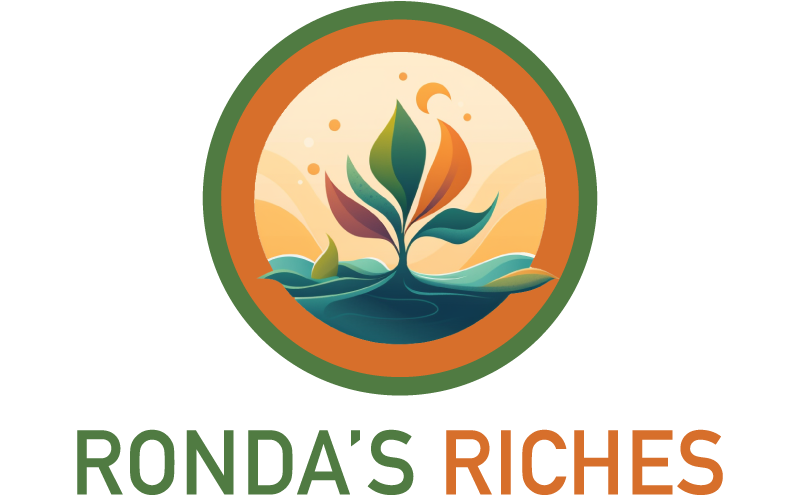Superfoods. It’s a term you’ve likely heard, read, or seen on packaging as you stroll through grocery store aisles. These culinary VIPs are in a league of their own when it comes to nutrition and health benefits. But what really classifies a food as “super,” and are they truly deserving of the pedestal they’ve been placed on? This article probes the realm of superfoods, examining their nutritional characteristics, established health benefits, and actionable methods for integrating them into your everyday diet.
Nutritional Density: The Hallmark of a Superfood
So, what’s the defining feature of a superfood? In a word: density. Nutritional density, to be precise. We’re talking about foods that pack a potent punch of vitamins, minerals, fiber, antioxidants, and other phytonutrients per calorie. Think of them as nutrient powerhouses, rich in substances that are beneficial for your health and well-being. For instance, the humble blueberry is loaded with antioxidants known as flavonoids, which have been shown to improve cognitive function and reduce inflammation.
Antioxidant Abundance: Nature’s Anti-Aging Solution
Superfoods are nature’s antidote to the rigors of modern life, from pollution and stress to a diet high in processed foods. They contain an abundance of antioxidants—compounds that neutralize free radicals in the body. Free radicals are unstable molecules that can cause cellular damage, leading to aging and diseases like cancer. Superfoods like acai berries, chia seeds, and dark chocolate are teeming with antioxidants, offering a delicious way to ward off oxidative stress and promote overall health.
Versatility in the Kitchen: From Mains to Smoothies
You’d be surprised at how easy it is to make superfoods a regular part of your diet. Quinoa, for example, can substitute for rice or pasta and pairs wonderfully with an array of vegetables and proteins. Avocado can be spread on toast, thrown into a smoothie, or simply eaten with a spoon. Kale, too, has its place in everything from soups and salads to crunchy chips. Plus, with the surge in demand for healthful options, many cafes and restaurants are now incorporating superfoods into their menus, making it even easier to indulge in nutritious fare.
A Word of Caution: Moderation is Key
While superfoods can bring incredible benefits to your diet, it’s important to consume them as part of a balanced meal plan. No single food, regardless of how “super” it is, can replace a diet rich in a variety of fruits, vegetables, lean proteins, and whole grains. Also, some superfoods, like nuts and seeds, are high in calories and should be consumed in moderation, especially if weight management is one of your goals.
Affordability and Accessibility: Not Always Out of Reach
Many people have the misconception that superfoods are always exotic, expensive, and difficult to find. While it’s true that some are imported from far-off lands, many are as close as your local farmer’s market or grocery store. Foods like spinach, sweet potatoes, and even the all-American blueberry are both affordable and readily available.
Conclusion
Superfoods are a compelling subject not just because they’re nutritionally potent but also because they offer multiple avenues for enhancing well-being. Rich in antioxidants, vitamins, and minerals, these foods deliver a robust package of benefits for both body and mind. As health-conscious consumers continue to seek better options, the demand for superfoods is unlikely to wane. So the next time you’re grocery shopping, you may want to give that exotic-looking fruit or leafy green a second glance. Your body will thank you.

